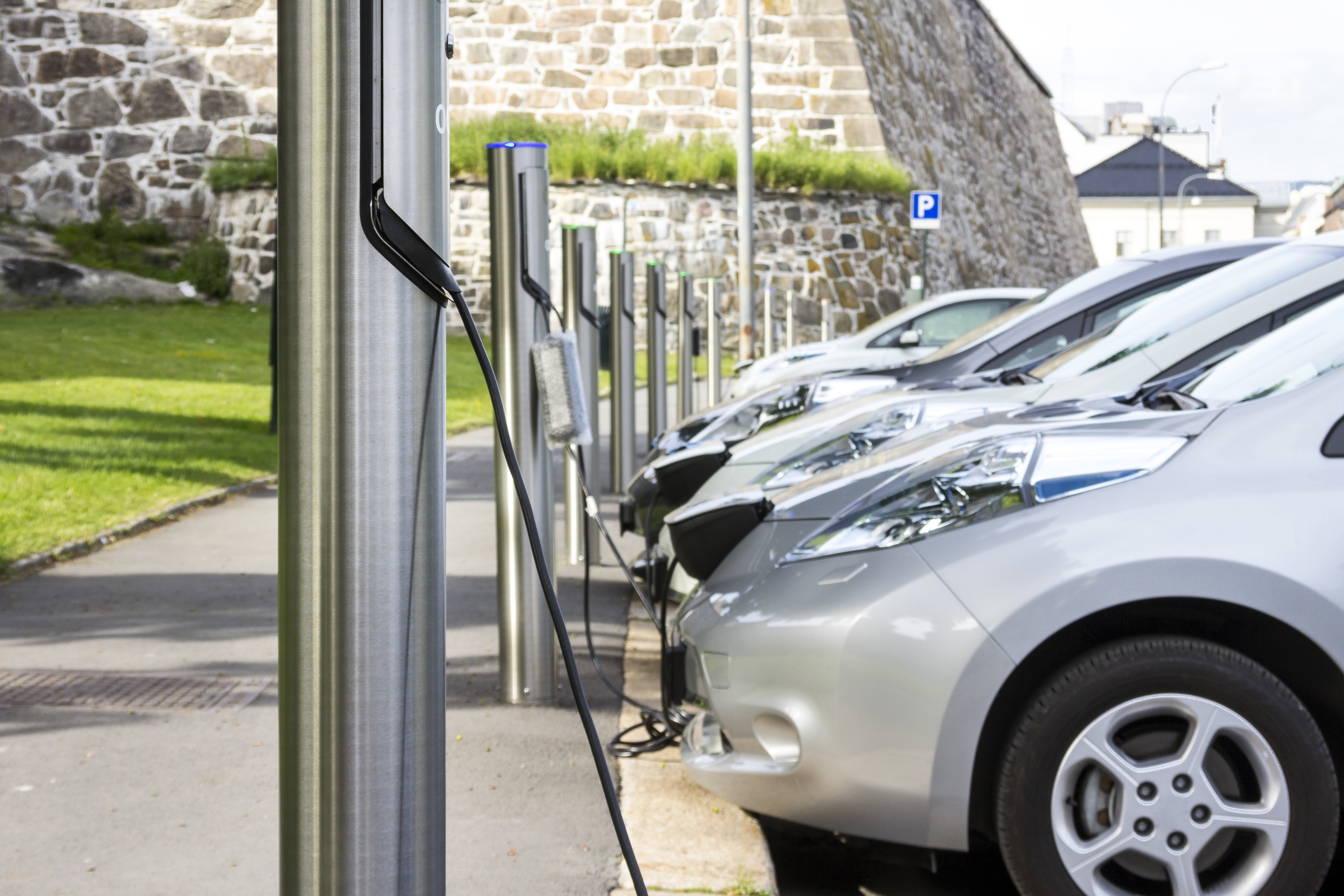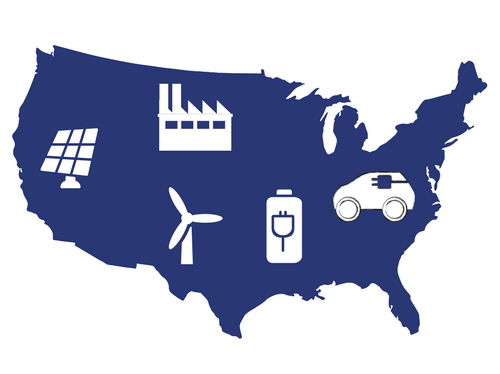Recent Posts
Blog Categories
- Newsletter (416)
A Happy Independence Day for Renewables
We hope the Michigan advanced energy industry has a fun 4th of July!
You all certainly have earned a break. The work of companies like Michigan EIBC members to expand renewable energy has led to a significant milestone: In April, renewable sources provided 23% of U.S. electricity generation, compared to 20% from coal. According to the U.S. Energy Information Administration, this is the first time ever that renewable generation has exceeded coal-fired generation.
This represents is impressive growth over the last five years. In April 2014, according to EIA data, coal made up about 37% of U.S. generation, while renewables, including hydroelectric power, wind, solar, geothermal and biomass, represented 17% of generation. Essentially all of the growth in renewable generation is from non-hydro sources: generation from hydropower is roughly the same as it was five years ago, while generation from other renewables has nearly doubled.
Michigan EIBC’s Laura Sherman on Grid Resiliency and Reliability
This week, as requested by Governor Whitmer, the Michigan Public Service Commission (MPSC) released its initial Statewide Energy Assessment. The report was requested by the governor after a fire at Consumers Energy’s Ray Compressor Station disrupted the availability and deliverability of natural gas during the polar vortex last winter. Among the assessment’s recommendations was a call for enhanced demand response, increased reliance on “non-wires alternatives,” and improved coordination across utility planning processes. Michigan EIBC applauds the Governor and the MPSC for these recommendations. Our efforts to help drive the conversation on grid innovation forward continued this week, both in a new blog post and a recent article from E&E News that includes an interview with Michigan EIBC President Laura Sherman.
In the interview with E&E News, Sherman discussed the initial Statewide Energy Assessment and how batteries, distributed energy resources and demand response can be used to enhance the grid in lieu of expensive utility infrastructure.
“You can meet some of the reliability, capacity needs that you have through some of those small-scale solutions,” Sherman said.
The assessment made 50 recommendations and observations regarding grid improvement, including better demand response coordination during significant events like the polar vortex and updating interconnection rules to better incorporate solar energy, microgrids and battery storage.
“In terms of increasing resiliency and reliability, I think they’re hitting on all of the key things,” Sherman said about the assessment.
The MPSC also recently launched a series of workshops (the first of which was held June 27) that will examine how to modernize Michigan’s distribution grid. As explained in the blog post, as Michigan EIBC participates in these workshops, it will be supporting several measures that could reshape the distribution system to make it more open to distributed generation, energy efficiency, storage and electric vehicles.
These measures include putting “non-wires alternatives” like placing demand-side management on an equal footing with traditional grid upgrades when utilities do distribution planning, performance-based regulation and better public access to information about grid capacity so people can more easily install rooftop solar and other distributed energy resources.

8th Electric Vehicle Convening To Focus on EV Adoption in Low and Moderate Income Communities
On July 11, Michigan EIBC will hold the 8th in its series of EV Convenings, bringing together stakeholders from utilities, universities, government, developers and more to discuss electric vehicles and the policy environment affecting them.
The topic of this convening is electric vehicle adoption for low-and moderate income communities. EVs have been steadily growing in popularity, but their price tags, limited availability, and other barriers can limit their adoption in many communities. Low-income communities are also in many cases less likely to receive EV charging infrastructure. There are efforts to push back against these challenges, such as utility programs to promote EVs for income-qualified consumers, education programs, and incentive programs, among other things. The convening will explore how to utilize these market opportunities for low and moderate income areas and how to overcome barriers for EV adoption.
This event will feature speakers including the following:
- Brandy Brown, Climate and Energy Advisor, State of Michigan
- Joshua Rivera, Senior Data and Policy Advisor, Poverty Solutions at University of Michigan
- Román Partida-López, Legal Counsel, Environmental Equity, The Greenlining Institute
- David Lewis, Senior Director, CLEAResult
- Guillermo Diaz, Program Manager for the Consumers Energy Income-Qualified Program, CLEAResult
Register for this EV convening here.
Michigan Energy News
- The MPSC’s Statewide Energy Assessment also said that Michigan’s current energy supply and delivery systems are “adequate” but need improved diversity of power and heating sources, as shown by the demand spikes during the January polar vortex and Consumers Energy natural gas compressor station fire.
- DTE’s integrated resource plan is being compared to Consumers’ IRP by industry analysts and the public.
- The MPSC wants Consumers Energy to file an explanation for missing deadlines regarding marking underground utility lines pending excavation.

National Energy News
- Los Angeles Power and Water strikes a deal for power from a large solar plus battery storage project at historically low price levels.
- As batteries begin to replace peaking natural gas-fired plants in California, leaders there are looking at how batteries can be used for longer-duration applications.
- Minnesota still has plenty of land that is ripe for solar project development, according to the Clean Grid Alliance.
- Minnesota regulators approve a new transmission that is expected to make more wind energy projects possible.
- Even without a renewable portfolio standard, Indiana is increasingly replacing coal with renewables.
- Vermont regulators say that more work is needed to figure out how to encourage electric vehicles and at the same time offset the lower gas tax revenues that result from higher EV adoption.
- A Wood Mackenzie report finds that a typical mid-size electric vehicle can produce 67% lower greenhouse gas emissions than a car with an internal combustion engine, although not in developing countries where the power grid used to charge an EV is more dependent on coal.
- The Boston Globe editorial page urges Massachusetts to rethink the price cap imposed on offshore wind.